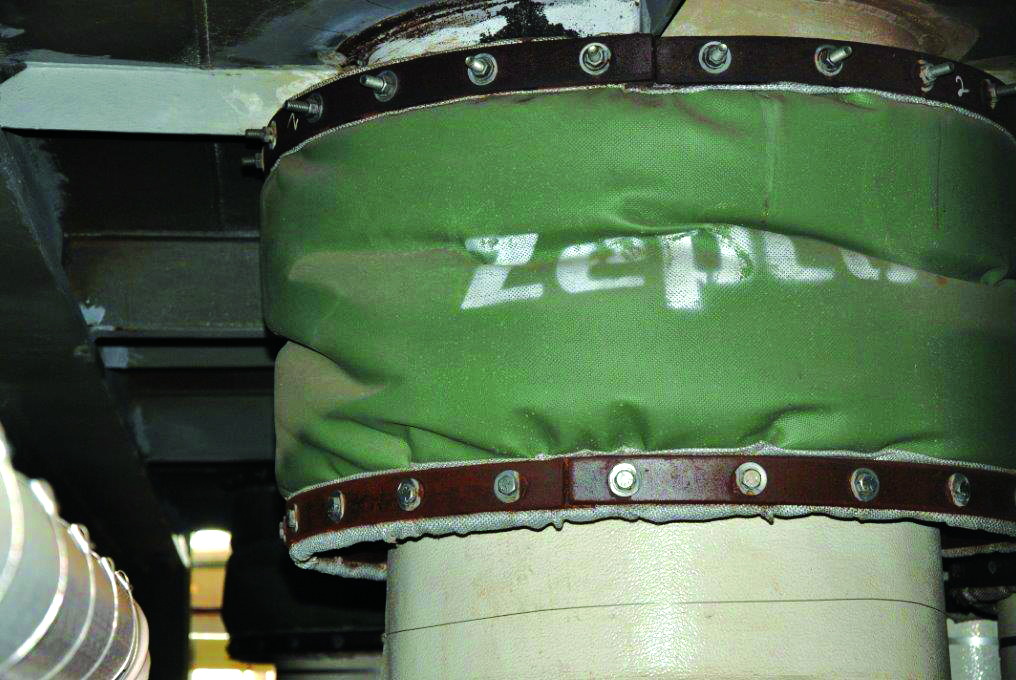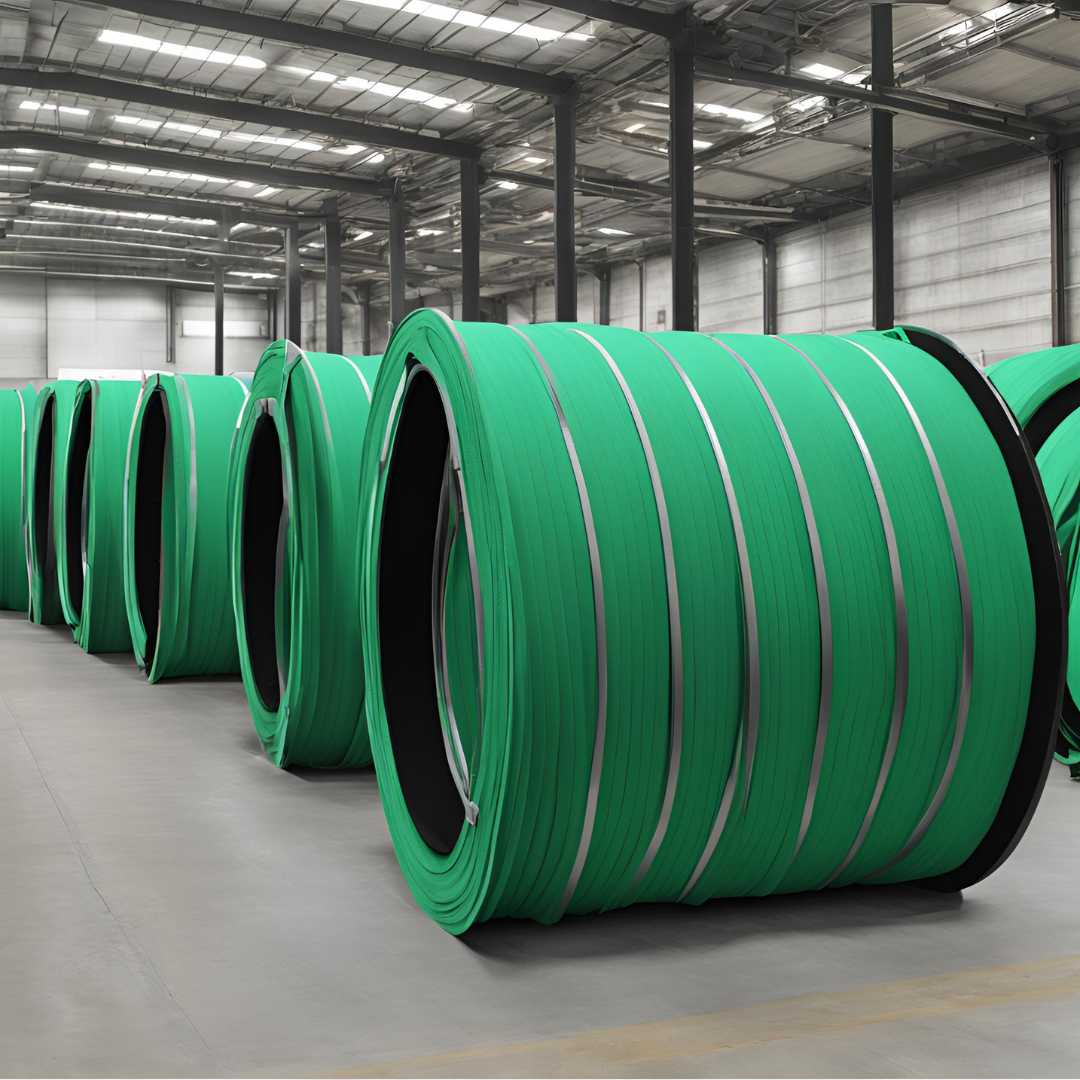Five years ago, these five industries were hemorrhaging millions in maintenance costs. Today, they’re leading a quiet revolution—with high temperature fabric expansion joints at the center.
In just 60 months, Zepco LLC has helped industrial giants flip their operations from reactive to resilient with one change: swapping outdated metal joints for high temperature fabric expansion joints. Once seen as experimental, these engineered fabrics are now the go-to across sectors—from coal-fired power to waste-to-energy, steel mills to cement kilns, chemical plants to next-gen data centers.
This isn’t a materials upgrade. It’s an industrial transformation. Documented case studies show combined annual savings of over $47 million, with performance metrics that crush the legacy status quo.
Let’s break down the five industries leading this movement—and what your operation stands to gain.
1. Power Generation: The $18.3M Shift from Emergency Repairs to Predictable Performance
Back then: metal joints failed every 18–24 months, causing unplanned outages that cost upwards of $2.3M each. Maintenance teams spent nearly half their budgets on these breakdowns. Plants fell behind modern competitors.
Now? Zepco’s high temperature fabric expansion joints last 7+ years at 1,800°F, allowing replacements during scheduled downtime—not surprise crises.
Documented wins:
- A Southeast plant saves $4.2M annually post-conversion.
- A Midwest utility eliminated 85% of emergency repairs.
- Western Generator saw ROI in just 14 months.
Adoption metrics:
- 2019: Only 12% of new plants spec’d fabric.
- 2024: 67% do.
- $340M in retrofits already completed.
Zepco is the innovation driver. These aren’t speculative benefits—they’re measurable, repeatable gains.
2. Steel Manufacturing: $12.7M Efficiency Gains From Blast Furnace to Finishing Mill
Steelmakers used to battle heat-damaged joints and confined-space maintenance nightmares. Downtime was inevitable—and expensive.
Zepco’s high temperature fabric expansion joints handle 2,200°F, simplify maintenance to external inspections, and ensure consistent thermal performance—boosting product quality and uptime.
Case in point:
- Great Lakes Steel saves $3.8M annually.
- Southern Steel Works cut maintenance costs by 94%.
- A Midwest mill improved production efficiency by 12%.
Today, 78% of new mill designs specify fabric joints. Traditional metal suppliers are losing ground fast. The steel industry’s bottom line is stronger—and cleaner.
3. Cement Manufacturing: $8.9M in Process Optimization and Thermal Control
Cement plants were once plagued by thermal shock failures, dust infiltration, and prolonged shutdowns for repairs. But now?
High temperature fabric expansion joints flex through 300°F temperature swings, seal out dust, and cut fuel waste by 8%.
Success metrics:
- Pacific Cement saves $2.1M per year.
- Rocky Mountain Cement cut joint-related downtime by 90%.
- Texas Cement Works saw ROI in 18 months.
85% of new plants now spec fabric. Over $220M in retrofit projects. Zepco is leading the charge, rewriting thermal management standards across the industry.
4. Chemical Processing: $4.8M in Safety and Efficiency Gains
Old metal joints introduced contamination risks, regulatory headaches, and safety hazards from sudden failure.
Zepco’s solution? Inert, chemically resistant high temperature fabric expansion joints that don’t corrode, leak, or surprise your maintenance teams.
Real-world results:
- Gulf Coast Chemical saves $1.4M per year with zero safety incidents.
- Midwest Processor reduced emissions by 95%.
- A West Coast refinery improved its safety rating—boosting both morale and compliance.
Insurance companies are taking notice. Premiums drop, reporting gets easier, and regulatory headaches shrink. Fabric joints aren’t just safer—they’re smarter.
5. Waste-to-Energy: $2.3M in Environmental Reliability Gains
24/7 uptime. Corrosive gases. Scrutiny from regulators and communities. Waste-to-energy facilities operate under pressure—and traditional joints couldn’t keep up.
Now, Zepco’s high temperature fabric expansion joints deliver emission reliability, withstand harsh conditions, and ensure smoother, safer operations.
Case examples:
- A Northeast facility saves $850K yearly.
- A California plant hit 99.7% environmental compliance.
- A Florida plant saw a 40% jump in community approval ratings.
With 92% of new waste-to-energy plants specifying fabric joints, Zepco is driving cleaner energy futures—one expansion joint at a time.
The Revolution Is Spreading
Emerging adopters include:
- Data centers managing thermal loads
- Pharmaceutical plants requiring sterile environments
- Food processors sterilizing at high temps
- Mining operations pushing thermal limits underground
Zepco’s next-gen innovations include:
- IoT-enabled predictive maintenance
- Custom-engineered fabric composites
- Application-specific joint designs
- Global expansion of high temperature fabric solutions
By 2030, the fabric expansion joint market is projected to hit $1.2B, with 80% of high-temp applications converting.
Don’t Miss the Revolution—Lead It
Executives, this is your moment. The shift is already underway. Zepco’s high temperature fabric expansion joints are proven to cut costs, boost performance, and eliminate the weak links in your system.
Strategic next steps:
- Evaluate current expansion joint-related costs
- Analyze ROI potential using Zepco’s proven data
- Launch a pilot project in your most critical system
- Roll out a facility-wide upgrade plan
Zepco isn’t just supplying parts. We’re your partner in transformation—with expert support, real-world results, and a vision to take your operation from reactive to revolutionary.
Join the $47M+ revolution—before your competitors do.



